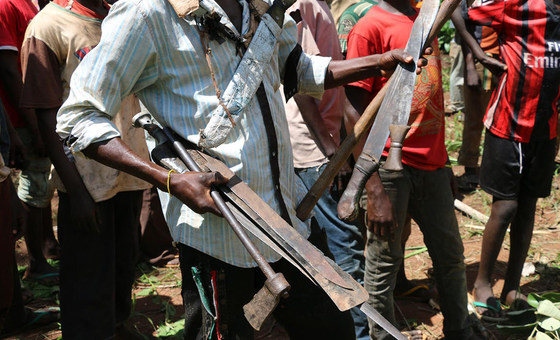Over the past few weeks, I have been privileged to attend numerous conferences and seminars both in Scotland and beyond covering a range of topics relevant to children in conflict with the law. In this blog, I share some of my highlights of these events and the common theme that flowed throughout.
In May, Lauren Emmerson and I attended the European Forum for Restorative Justice (EFRJ) annual seminar in Athens where the theme was “Restorative Justice for Children and Young People on the Move”. We presented a workshop considering children who are moved to a cross-border placement from England and Wales and the opportunity for restorative approaches to help meet their needs. This seminar gave me the opportunity to reconnect with practitioners and researchers across the globe with a common interest in ensuring that restoration and healing are key to the justice system for children. There was a common belief that restorative opportunities should be available to all children involved in justice, and fits with the wider objectives of developing child-friendly justice. The EFRJ events are always very engaging, with opportunity to get to know other delegates and form strong working relationships.
I then attended the 5th World Congress on Justice for Children in Madrid with a focus on “Advancing Child-Centred Justice: preventing and responding to violence affecting children in justice systems”. A more formal affair, here Fiona Dyer and I presented on children deprived of their liberty in Scotland alongside Ingun Fornes from Norway. This allowed us to think about comparisons of the systems in each country with the goal that work will continue, with Ingun visiting Scotland later this year. I found it interesting to hear how restorative justice works in Norway which sparked ideas for how this could be tailored in the Scottish context. The World Congress was attended by around 750 delegates from across the world bringing together global leaders and experts, academics, practitioners and children and young people themselves. The views and ideas of children were woven through the fabric of the conference with all their plenary sessions co-produced and co-chaired by children and young people. It was awe-inspiring to see UNCRC article 12 (respect for the views of the child) in action and hear the unique and relevant insights of children on the issues relevant to them.
Finally, last week, 2025 conference season finished for me in Stirling when I attended the National Youth Justice Conference, an event in the calendar that I always really look forward to. This year’s theme was “Childhood, Safeguarding and the Children’s Hearing System” with topics covered including contextual safeguarding and criminal exploitation of children. The conference also allowed for discussions and networking on issues relevant to the Scottish context. I particularly enjoyed hearing from Professor Carlene Firmin discussing contextual safeguarding and how restorative practice can play such an important part in healing relationships and developing trust. She provided a really clear example of where restorative practice was used to repair relationships between children, young people and the police by using the police horses as equine therapy. This focuses on building trust and encouraging responsibility through caring for and connecting with horses. This emphasised the creativeness of restorative approaches and its everyday use when working with children in conflict with the law.
During this conference I had the opportunity to share my own reflections on the importance of healing and restoration within the Scottish justice system for children. Here I highlighted the long-lasting impact that the absence of healing can have on all children, whether they have harmed or been harmed, as well as on their communities, including feelings of fear, anxiety, stigma and shame. The absence of restoring relationships can result in these feelings being deep rooted and unresolved.
Although each conference/ seminar was different in size, topic and formality, throughout them all a theme very clearly appeared; and this was restorative justice. We have come a long way in Scotland in relation to delivering rights-respecting justice for children in conflict with the law. For example, last year we removed all children from Young Offenders Institutions, we now recognise all under 18s as children, and have more of an understanding to their vulnerabilities and potential for criminal exploitation. I would argue that despite this, however, we can do better in relation to how we provide opportunities to allow children to really heal the harm they may have caused and restore and repair fractured relationships. By facilitating a more restorative approach it allows for everyone involved to have a voice and opportunity to address some of the anxiety, fear and stigma that we know is attached when someone causes harm or is harmed.
Throughout all the conferences I lost count of how many times the speaker called for us to “be more restorative” or for there to be more availability of “restorative options”. Similarly, on many occasions the idea of ‘healing’ was referred to without explicit reference as to the means intended to support this healing. My mind kept leading back to the pivotal role and opportunity restorative justice offers us for our children and our societies. It reminded me that although sometimes we are not always clear on what the question is, often the answer we are looking for lies in restorative justice.
In Scotland I believe it is time to really start embedding this into our practice by upskilling practitioners, by working collectively to address this void in our response to children in conflict with the law and creating a restorative Scotland. This provides us with a critical means to develop child-friendly justice and embed the rights-respecting principles of the UNCRC in Scotland.
The post You might not yet know the question… but the answer is probably restorative justice. appeared first on Children and Young People’s Centre for Justice.
Source: Raising Youth Justice – Children and Young People’s Centre for Justice Read More



